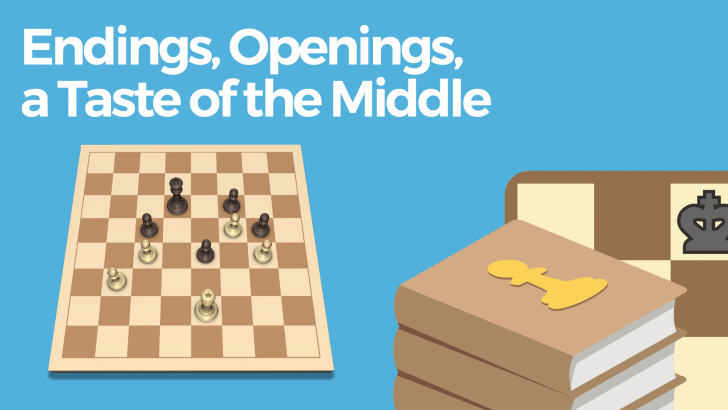Endings, Openings, a Taste of the Middle
Ready to train your whole game?
"Endings, Openings, a Taste of the Middle" begins with some endgame basics and proceeds to in-depth coverage of king and pawn endings. We have also thrown in some opening challenges. What more could you ask for? Take on this challenge today!
Here is what you will learn:
- Learn basic and advanced endgame strategy!
- Learn how to determine if a pawn ending is won or drawn!
- Practice converting advantages into a win!
- Learn opening traps and the goals of many openings!
